When it comes to Ferrari’s most iconic supercars, the F40 and F50 often steal the spotlight. Both pushed boundaries in their time, but they couldn’t be more different in approach. The F40 was raw, turbocharged, and almost ruthless, while the F50 brought Formula 1 technology and a smoother, naturally aspirated V12 to the road. Comparing these two isn’t just about specs — it’s about what kind of driving experience you value. Let’s break down what makes each one tick and see which Ferrari really takes the crown.
1. The Origins: Why Ferrari Built the F40 and F50
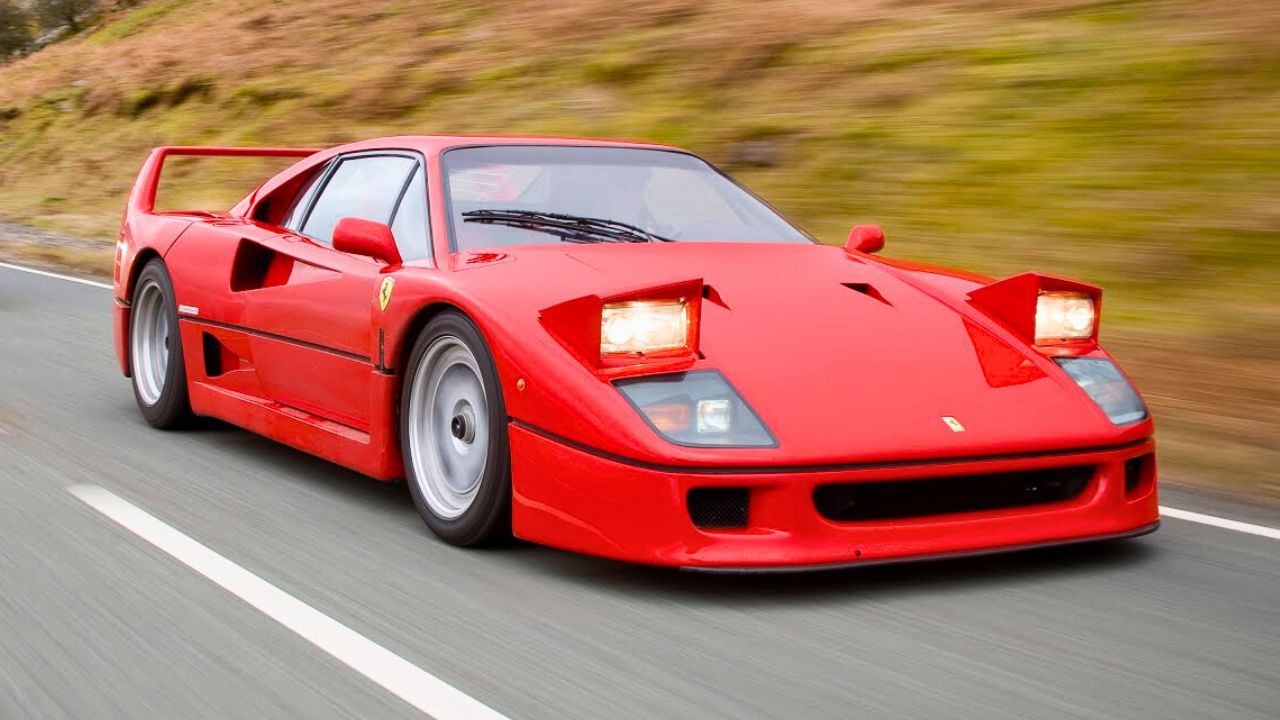
The Ferrari F40 was born as a celebration of Ferrari’s 40th anniversary and aimed to capture raw speed with minimal distractions. It was the last model Enzo Ferrari saw before his passing. The F50 followed nearly a decade later, designed to bring Formula 1 technology to the road, offering a more modern and refined approach.
While the F40 focused on lightweight construction and turbocharged power, the F50 emphasized naturally aspirated V12 and advanced suspension, marking two distinct chapters in Ferrari’s history.
2. Powertrain Showdown: Turbocharged Twin-Turbo vs Naturally Aspirated V12
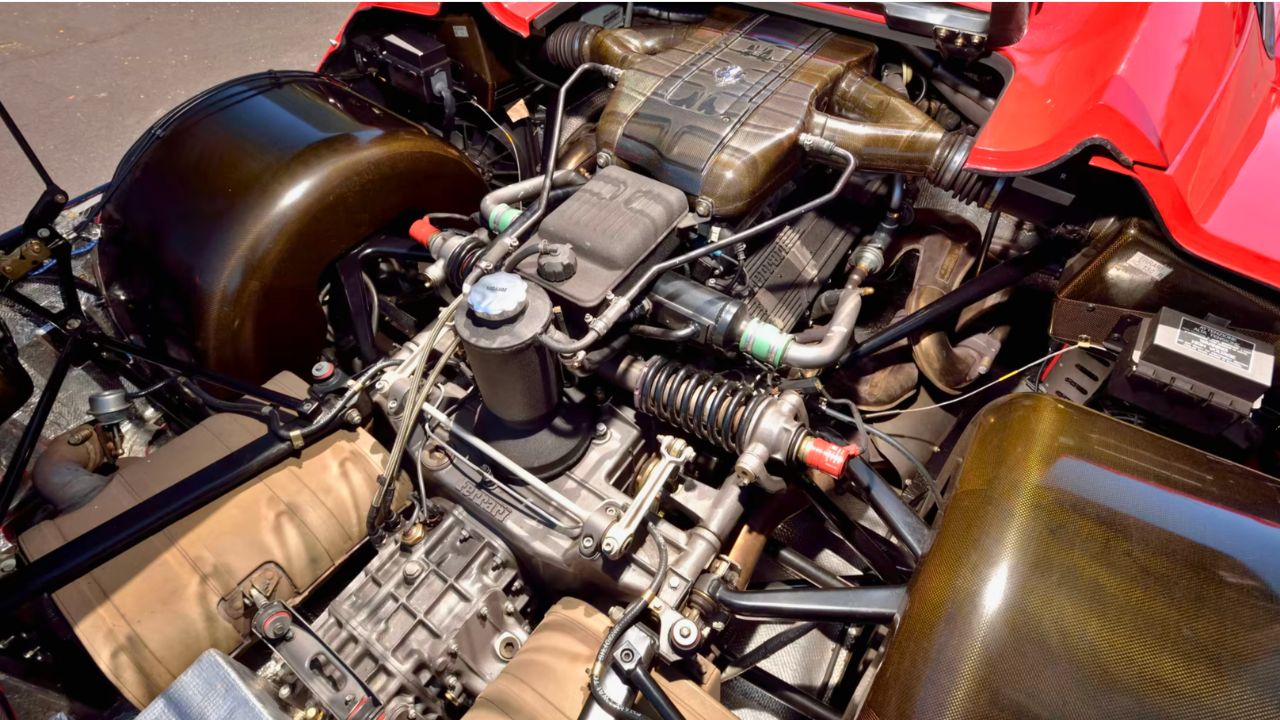
The F40 packs a 2.9-liter twin-turbocharged V8 that delivers around 471 horsepower. Its turbo setup gives it a sharp, aggressive power delivery, especially at higher RPMs. On the other hand, the F50’s 4.7-liter naturally aspirated V12 offers roughly 513 horsepower, with a smoother, linear power band reflective of its F1 roots.
The turbocharged F40 feels raw and urgent, while the F50’s V12 emphasizes high-rev excitement and sound, showing two very different approaches to performance.
3. Weight and Chassis: Lightweight Fighter vs Advanced Structure
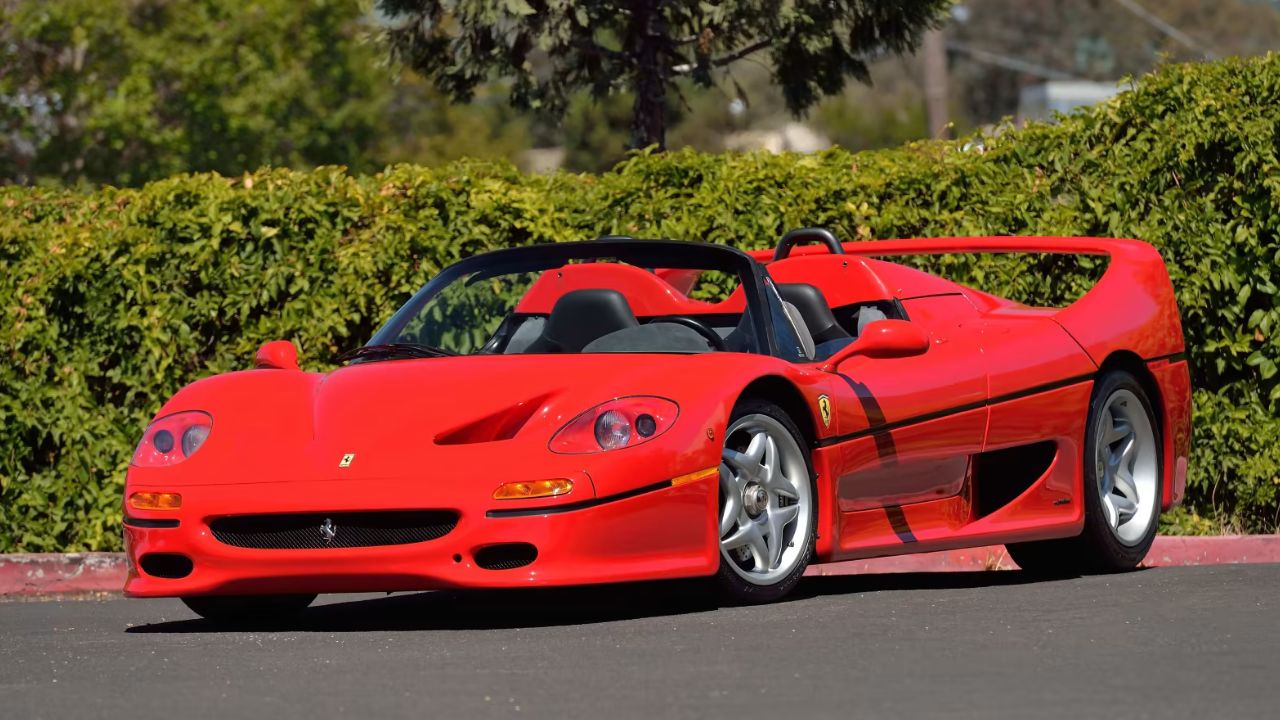
Weighing in at about 2,425 pounds, the F40 uses a tubular steel frame with extensive use of composite materials, including carbon fiber and Kevlar. This kept it lean and focused. The F50, slightly heavier at around 3,000 pounds, introduced a full carbon-fiber monocoque chassis, a step forward in structural rigidity and safety.
Despite the weight difference, both cars offer sharp handling but with different feels — the F40 is a more visceral experience, the F50 more composed.
4. Suspension and Handling: Race Tech Meets Road Use
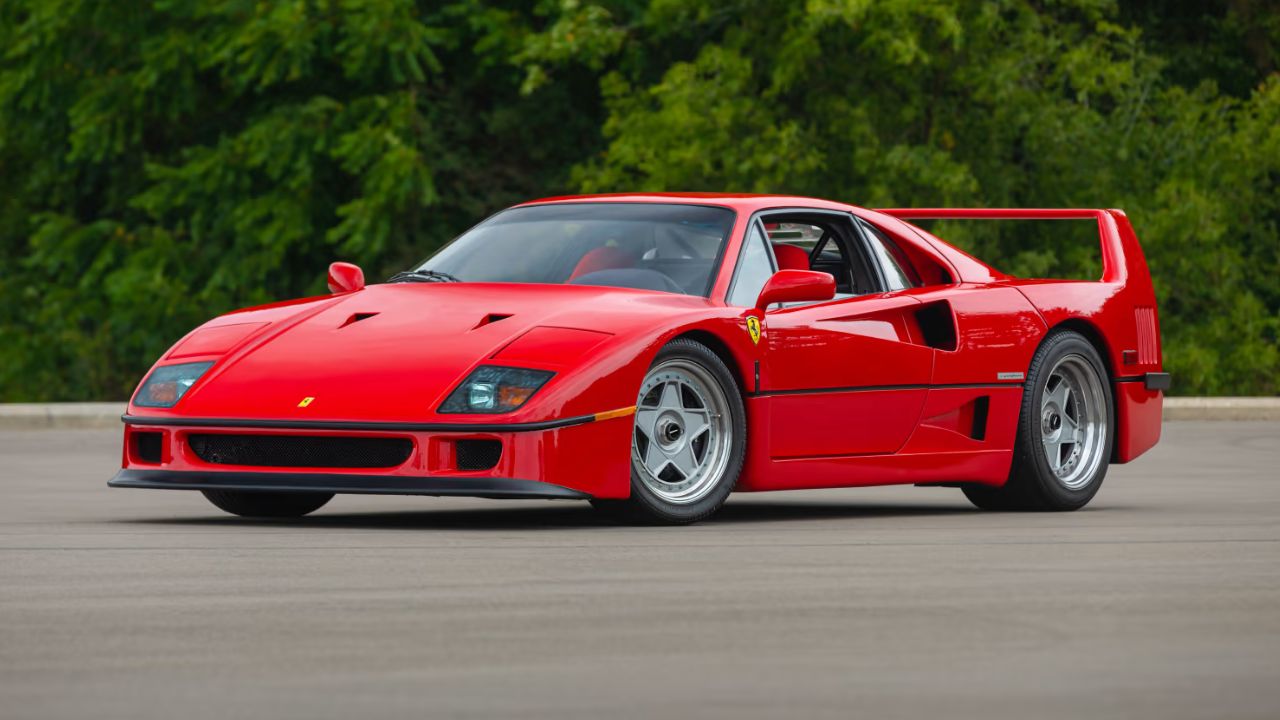
The F40’s suspension is straightforward — double wishbones front and rear with coil springs, designed for track-inspired responsiveness but still manageable on the street. The F50 builds on this with Formula 1-style independent suspension, including pushrod-actuated dampers and springs, pushing the boundary closer to race car dynamics.
This gives the F50 a more planted feel at speed, though the F40 remains lively and connected in a way that commands respect.
5. Interior: Spartan Focus vs Driver Comfort

Inside, the F40 keeps things minimal — exposed carbon fiber, simple gauges, and few comforts. The focus was pure driving, with no radio, no sound deadening, and basic seats. The F50 offers a bit more refinement, including more supportive seats, better sound insulation, and improved ergonomics, but still retains a very purposeful, race-oriented cabin.
Both interiors emphasize function, but the F50 leans slightly toward everyday usability.
6. Aerodynamics: Classic Wedge vs Modern Sculpted Shape

The F40’s iconic wedge shape and large rear wing were designed primarily for downforce and cooling, with aggressive vents and sharp lines. The F50 took aerodynamic design further with integrated ground effects, smoother surfaces, and underbody diffusers, all developed with input from Ferrari’s Formula 1 team.
This makes the F50 more stable at high speeds, while the F40 remains brutally effective and visually aggressive.
7. Transmission: Manual Thrills vs Sequential Gearbox
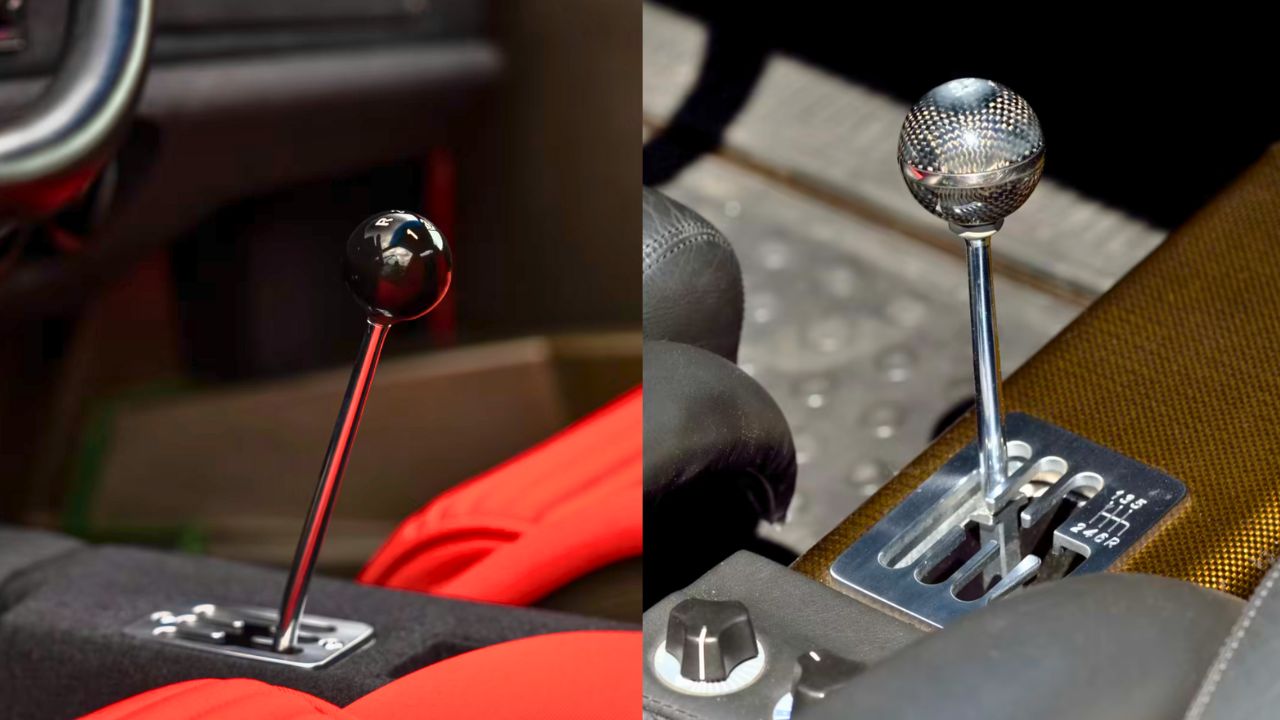
Both cars use manual gearboxes, but with a key difference. The F40 has a traditional 5-speed gated manual, known for its mechanical feel and challenge. The F50 upgraded to a 6-speed manual, improving gear ratios and highway usability.
Neither car has modern automatic options — both demand driver skill and reward engagement.
8. Performance Numbers: Raw Speed and Driving Experience

The F40 can sprint 0-60 mph in about 3.8 seconds and reaches a top speed of 201 mph. The F50, with slightly more power and better aerodynamics, hits 0-60 in roughly 3.7 seconds and tops out near 205 mph. Despite similar straight-line figures, the driving experiences differ — the F40 is raw and edgy, while the F50 offers a smoother, more refined ride.
Both cars impress, but the feel behind the wheel is where opinions often split.
9. Production and Rarity: Limited Runs, Lasting Impact
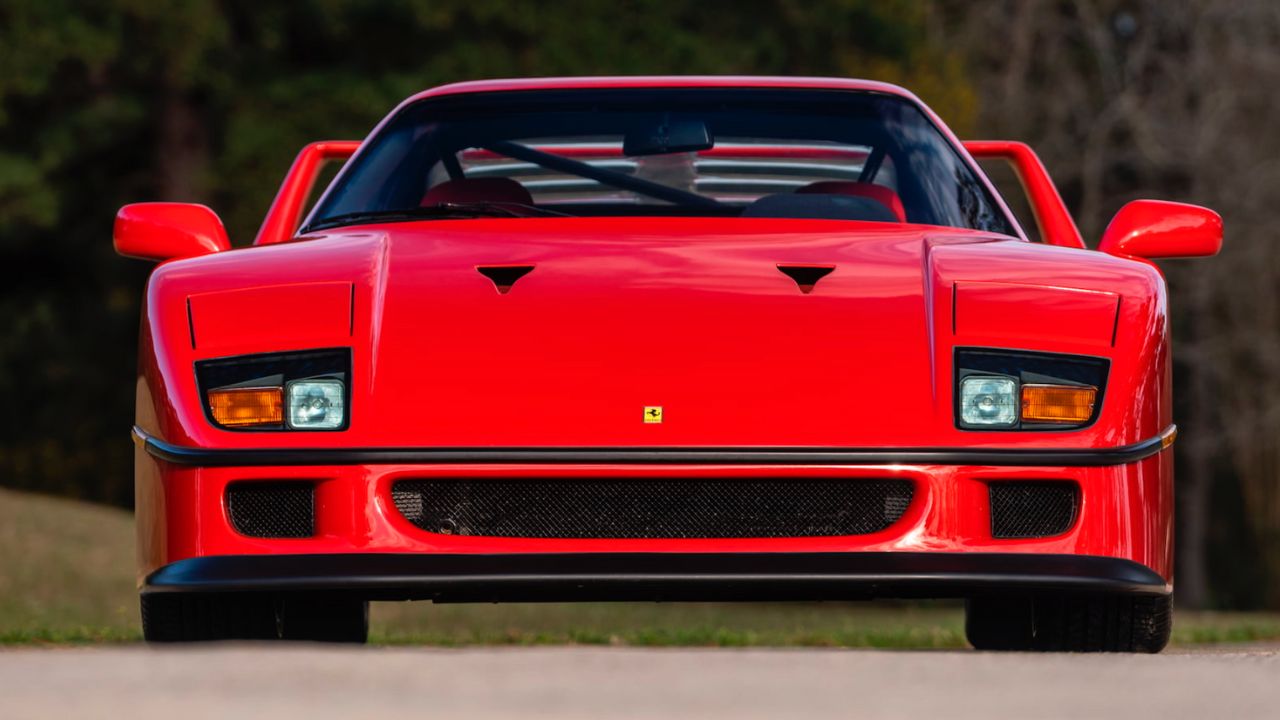
Ferrari produced around 1,311 F40s from 1987 to 1992, making it exclusive but not impossible to find. The F50’s production was even more limited — just 349 cars between 1995 and 1997. The scarcity adds to each car’s allure and collector interest.
Their limited numbers reflect Ferrari’s intent to create focused supercars that stand apart from the crowd.
10. Legacy: Influence on Ferrari and Beyond
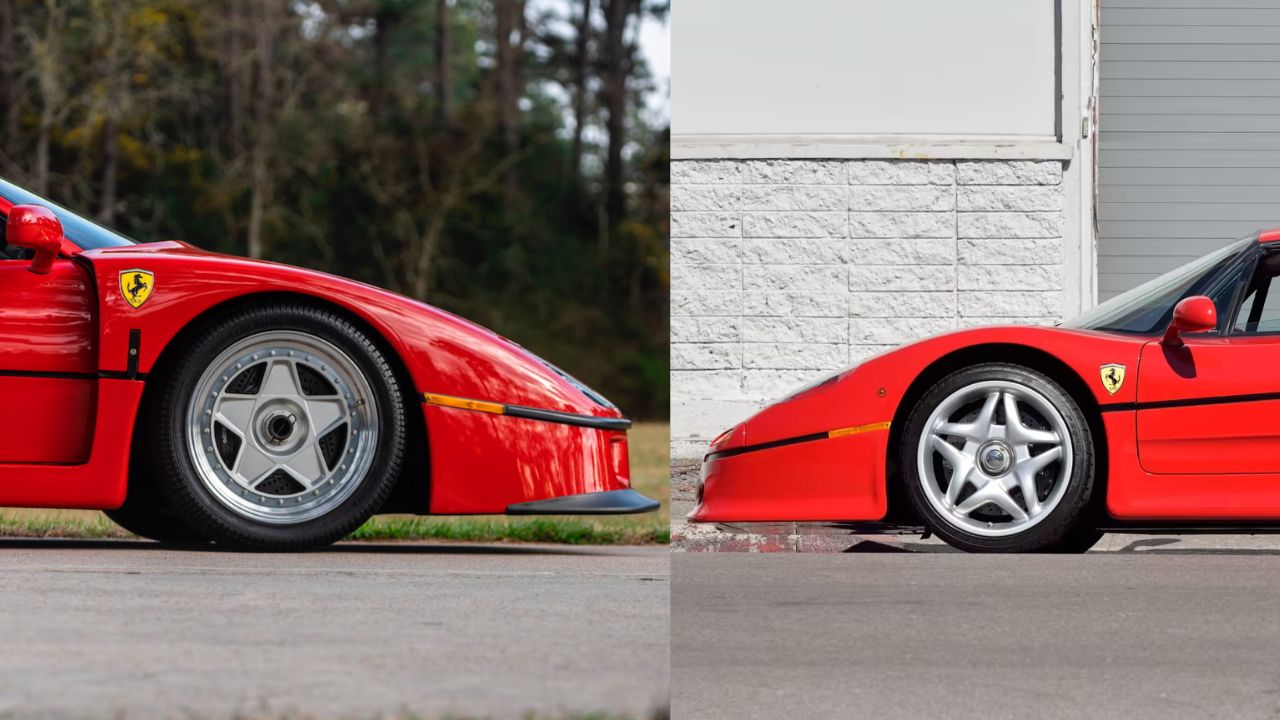
The F40 set a benchmark for raw, driver-focused supercars and is often seen as a high point for analogue driving. The F50 pushed Ferrari’s integration of F1 tech into road cars, foreshadowing future hybrids and electronic aids. Together, they represent two very different philosophies — one stripped down and aggressive, the other advanced and calculated.
They remain essential chapters in Ferrari’s story and continue to spark debate among fans.
Like what you read? Here’s more by us:
*Created with AI assistance and editor review.


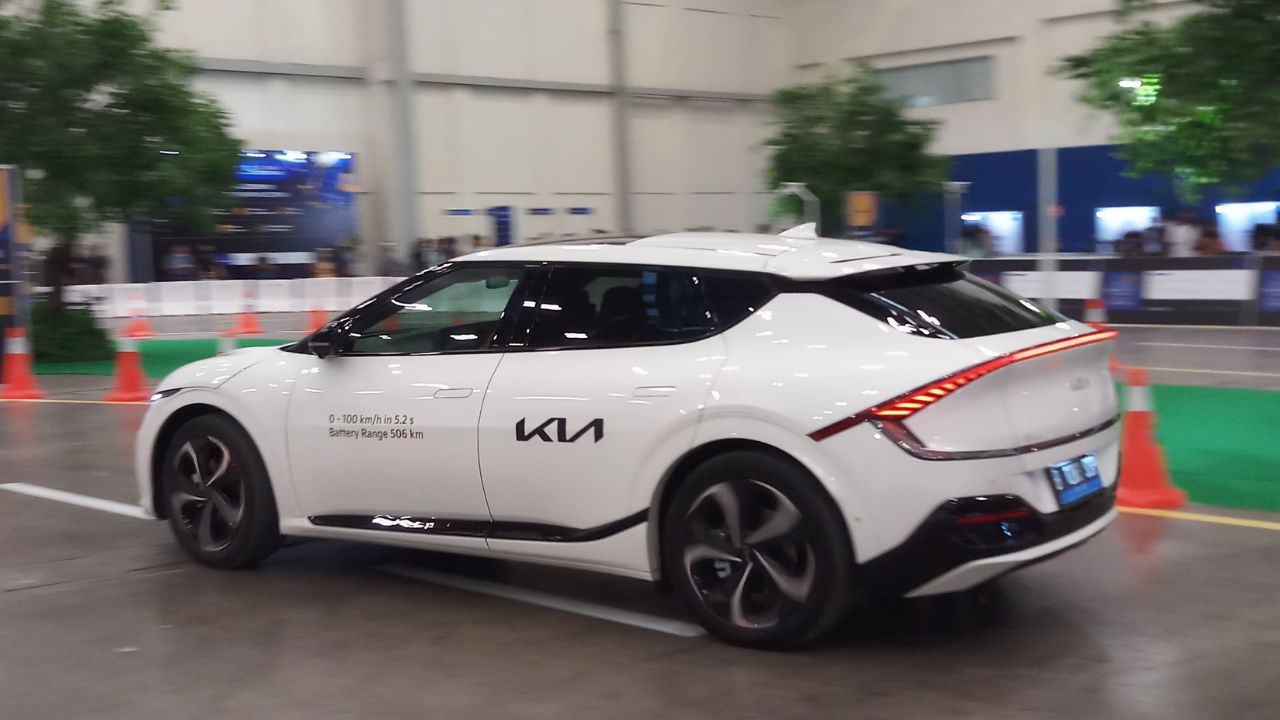



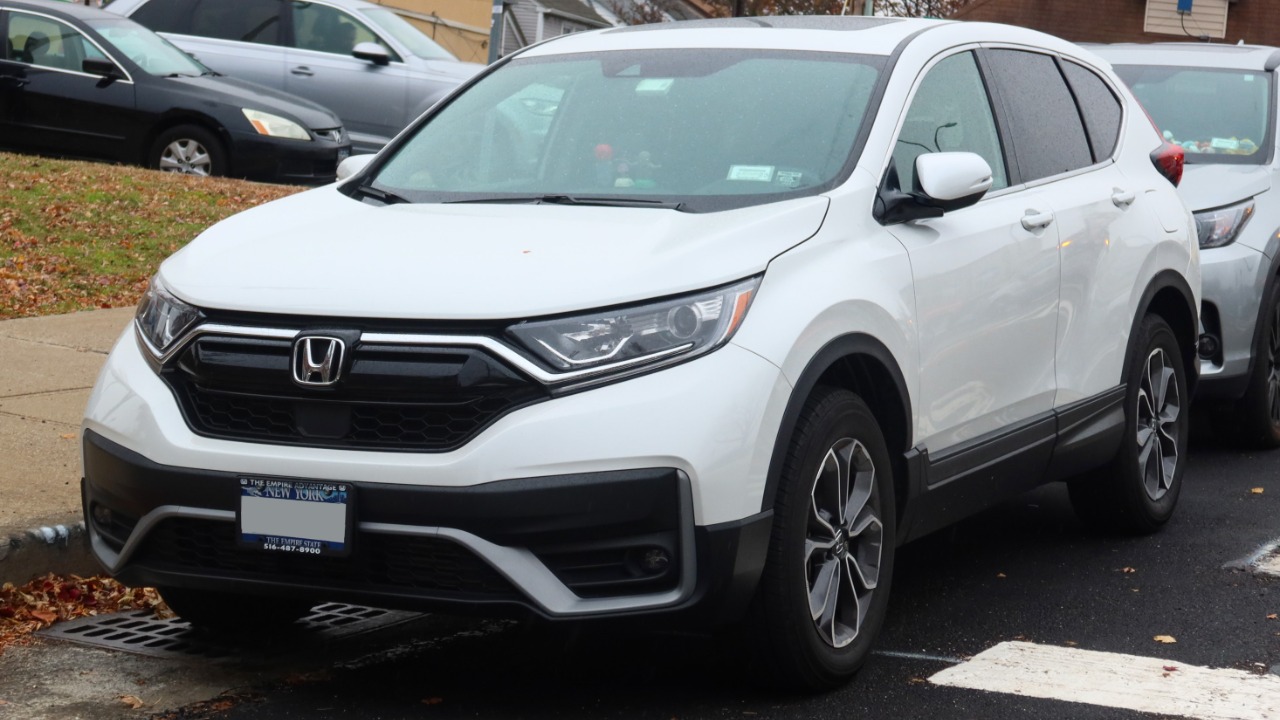
Leave a Reply